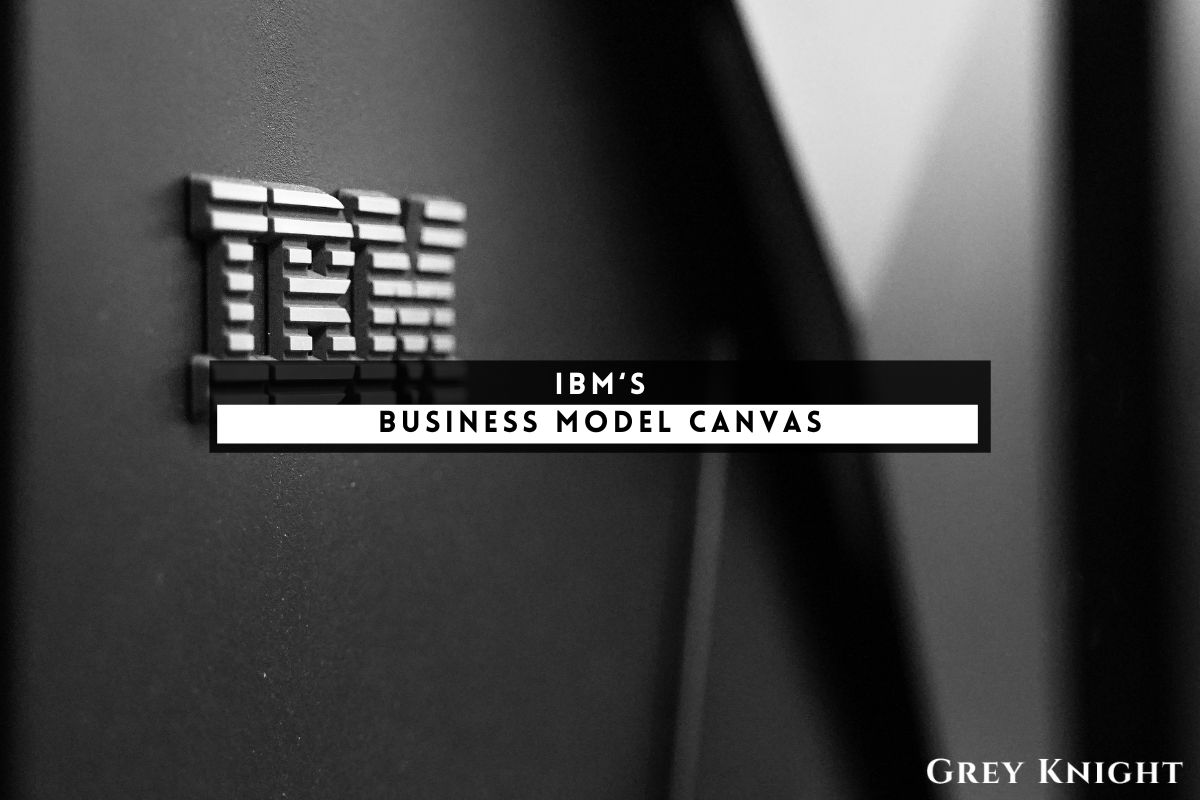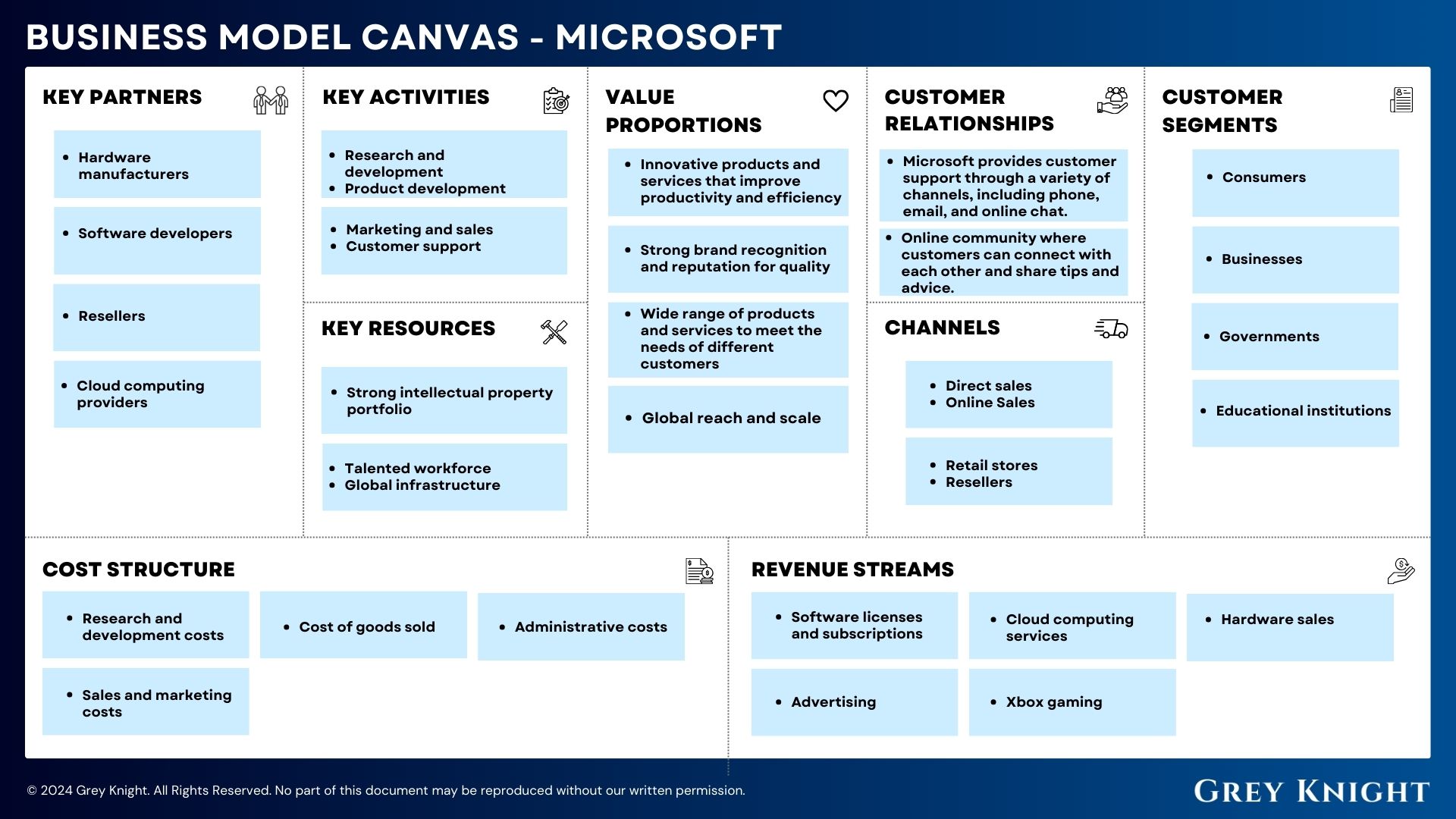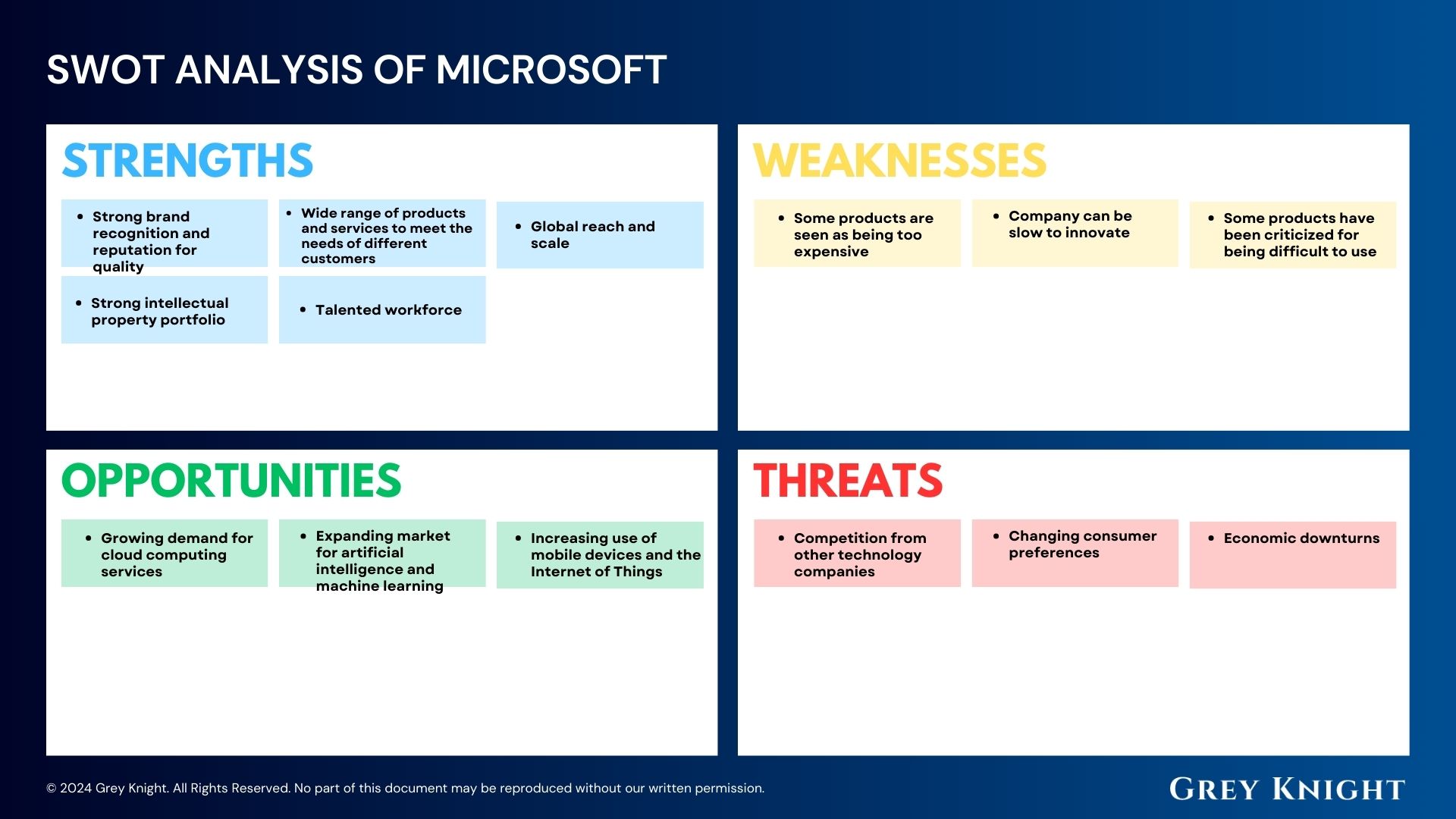Table of Contents
ToggleA Brief History of IBM
International Business Machines Corporation, also known as IBM, has a rich history that dates back to 1911 when it was founded as the Computing-Tabulating-Recording Company (CTR) through a merger of four companies. The company initially focused on providing tabulating machines for businesses and government agencies.
In 1924, the company was renamed International Business Machines Corporation (IBM) and began to expand its product offerings to include punch card equipment, time clocks, and other office equipment. IBM continued to grow and innovate, and in the 1950s, it introduced the IBM 701, the company’s first large-scale electronic computer.
Throughout the decades, IBM continued to be a leader in the technology industry and played a crucial role in the development and advancement of computer systems and software. In the 1980s, IBM introduced the first personal computer (PC) and became a major player in the PC market.
IBM has also been a pioneer in the development of artificial intelligence, data storage, and cloud computing technologies. The company has remained at the forefront of innovation and continues to be a major player in the global technology industry.
Today, IBM is a multinational corporation with a diverse range of products and services, including software, hardware, consulting, and cloud-based solutions, and it continues to be a major player in the technology industry worldwide.
Who Owns IBM?
International Business Machines Corporation, more commonly known as IBM, is a multinational technology and consulting company founded in 1911. IBM’s ownership is distributed among a large number of institutional and individual investors, with no single entity holding a majority stake. As of the most recent data available, the top 10 shareholders of IBM include The Vanguard Group, Inc., BlackRock, Inc., State Street Corporation, and Berkshire Hathaway Inc., among others. These institutional investors hold significant portions of IBM’s stock, playing a key role in influencing the company’s direction and strategy.
IBM Mission Statement
The mission of International Business Machines Corporation, or IBM, is to lead in the creation, development, and production of the most advanced information technologies and their applications. IBM translates these advanced technologies into value for its customers through professional solutions, services, and consulting businesses worldwide. The company’s mission emphasizes its commitment to innovation, quality, and customer satisfaction in delivering its wide range of products and services. Through its mission, IBM aims to be a leading force in the global technology industry and to positively impact the world through its advanced technologies and solutions.
How does IBM Make Money?
International Business Machines Corporation, better known as IBM, operates with a diversified business model that focuses on technology products and services. IBM makes money primarily through its revenue streams in the areas of hardware, software, and services. The company generates income through the sale of mainframe computers, storage systems, and other hardware products, as well as through software solutions like data analytics, artificial intelligence, and cloud computing. Additionally, IBM offers a range of consulting, outsourcing, and technical support services to businesses and governments around the world. Overall, IBM’s business model is centered on providing innovative technological solutions to meet the diverse needs of its global customer base and generating revenue through its comprehensive portfolio of products and services.
IBM Business Model Canvas
The Business Model Canvas is a strategic management and entrepreneurial tool that provides a visual representation of a company’s business model. It consists of nine key components that help organizations identify and analyze key aspects of their business model. These components include Customer Segments, Value Propositions, Channels, Customer Relationships, Revenue Streams, Key Resources, Key Activities, Key Partners, and Cost Structure.
Customer Segments:
1. Large enterprises and corporations
2. Small and medium-sized businesses
3. Governments and public sector organizations
4. Academic institutions and research organizations
5. Individual consumers
Value Propositions:
1. Advanced technology solutions and services
2. Data analytics and cognitive computing capabilities
3. Industry-specific solutions and expertise
4. Global reach and scalability
5. Trusted and reliable brand
Channels:
1. Direct sales force
2. Online sales and e-commerce platforms
3. Strategic partnerships and alliances
4. Reseller and distribution networks
5. Marketing and advertising campaigns
Customer Relationships:
1. Personalized and tailored customer support
2. Training and education programs
3. Online self-service and knowledge base
4. Dedicated account management
5. Regular communication and updates
Revenue Streams:
1. Hardware sales
2. Software licensing and subscriptions
3. Professional services and consulting
4. Maintenance and support contracts
5. Data and cloud services
Key Resources:
1. Research and development capabilities
2. Intellectual property and patents
3. Global infrastructure and data centers
4. Skilled workforce and talent
5. Brand reputation and customer relationships
Key Activities:
1. Product development and innovation
2. Sales and marketing efforts
3. Customer service and support
4. Partner and alliance management
5. Mergers and acquisitions
Key Partners:
1. Technology and software vendors
2. System integrators and consulting firms
3. Research institutions and universities
4. Distributors and resellers
5. Independent software developers and start-ups
Cost Structure:
1. Research and development expenses
2. Sales and marketing costs
3. Operations and infrastructure expenses
4. Employee salaries and benefits
5. Legal and regulatory compliance costs
International Business Machines Corporation’s Competitors
International Business Machines Corporation (IBM) is a global technology company that operates in over 170 countries. As a leader in the tech industry, IBM faces strong competition from several other major companies. Some of its top competitors include Microsoft, Oracle, SAP, Dell Technologies, and Hewlett-Packard Enterprise. These companies also offer a range of technology products and services, and compete with IBM in areas such as cloud computing, artificial intelligence, and enterprise software.
IBM SWOT Analysis
Strengths:
1. Strong brand name and reputation in the industry
2. Diverse product and service offerings
3. Global presence and market leadership
4. Strong focus on research and development
5. Robust financial performance and stability
Weaknesses:
1. Declining revenue in certain business segments
2. High level of competition in the industry
3. Dependence on legacy hardware business
4. Slow adoption of new technologies
5. Limited presence in emerging markets
Opportunities:
1. Growing demand for cloud computing and AI solutions
2. Expansion into new markets and industries
3. Strategic partnerships and collaborations
4. Development of innovative solutions for digital transformation
5. Acquisitions and mergers to strengthen product portfolio
Threats:
1. Rapid technological advancements and disruption
2. Intense competition from established players and startups
3. Economic downturns and global political instability
4. Data security and privacy concerns
5. Regulatory challenges in different markets
Concluding Analysis
Well, as we can see, International Business Machines Corporation has remained a dominant force in the technological industry by continuously adapting to the ever-changing business landscape. With its focus on cloud computing, artificial intelligence, and other emerging technologies, IBM is poised to be a major player in the future of business. As an analyst, I am confident that IBM will continue to thrive and innovate, solidifying its position as a leader in the global market. With their strong business model and commitment to staying ahead of the curve, I have no doubt that IBM will remain a powerhouse in the years to come.
Additional Resources
To keep learning and advancing your career, we highly recommend these additional resources:
Business Model Canvas of The Top 1,000 Largest Companies by Market Cap in 2024
A List of 1000 Venture Capital Firms & Investors with LinkedIn Profiles
Peter Thiel and the 16 Unicorns: The Legacy of Thiel Fellowship












